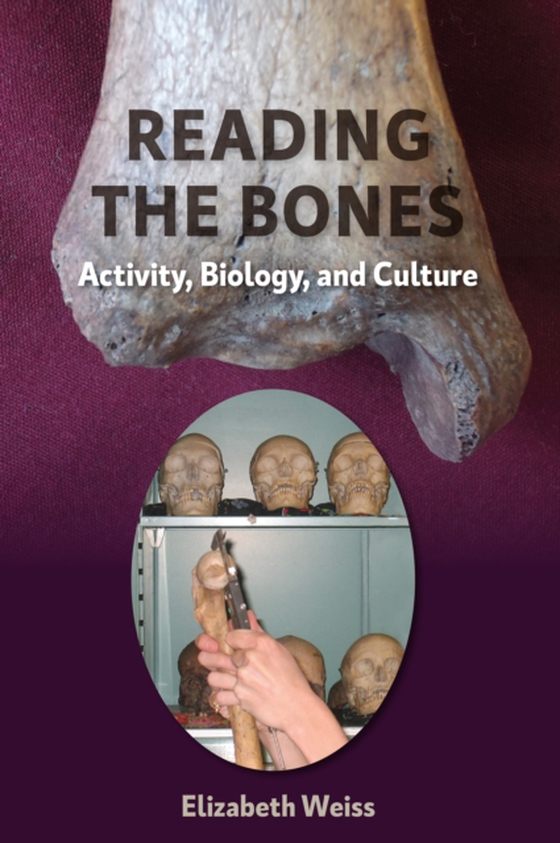
Reading the Bones e-bog
948,41 DKK
(inkl. moms 1185,51 DKK)
What can bones tell us about past lives? Do different bone shapes, sizes, and injuries reveal more about people's genes or about their environments? Reading the Bones tackles this question, guiding readers through one of the most hotly debated topics in bioarchaeology.Elizabeth Weiss assembles evidence from anthropological work, medical and sports studies, occupational studies, genetic twin stu...
E-bog
948,41 DKK
Forlag
University Press of Florida
Udgivet
31 oktober 2017
Længde
204 sider
Genrer
HDW
Sprog
English
Format
pdf
Beskyttelse
LCP
ISBN
9780813052052
What can bones tell us about past lives? Do different bone shapes, sizes, and injuries reveal more about people's genes or about their environments? Reading the Bones tackles this question, guiding readers through one of the most hotly debated topics in bioarchaeology.Elizabeth Weiss assembles evidence from anthropological work, medical and sports studies, occupational studies, genetic twin studies, and animal research. Examining the most commonly utilized activity pattern indicators in the field, she reevaluates the age-old question of genes versus environment. While cross-sectional geometries frequently inform on mobility, Weiss asks whether these measures may also be influenced by climate-driven body shape adaptions. Entheseal changes-at the locations of muscle attachments-and osteoarthritis indicate wear and tear on joints but are also among the best predictors of age and can be used to reconstruct activity patterns. Weiss also examines the most common stress fractures, such as spondylolysis and clay-shoveler's fracture; stress hernias or Schmorl's nodes; and activity indicator facets like Poirier's facets, Allen's facets, and Baastrup's kissing spines.Probing deeper into the complex factors that result in the varying anomalies of the human skeleton, this thorough survey of activity indicators in bones helps us understand which markers are mainly due to human biology and which are truly useful in reconstructing lifestyle patterns of the past.
 Dansk
Dansk

